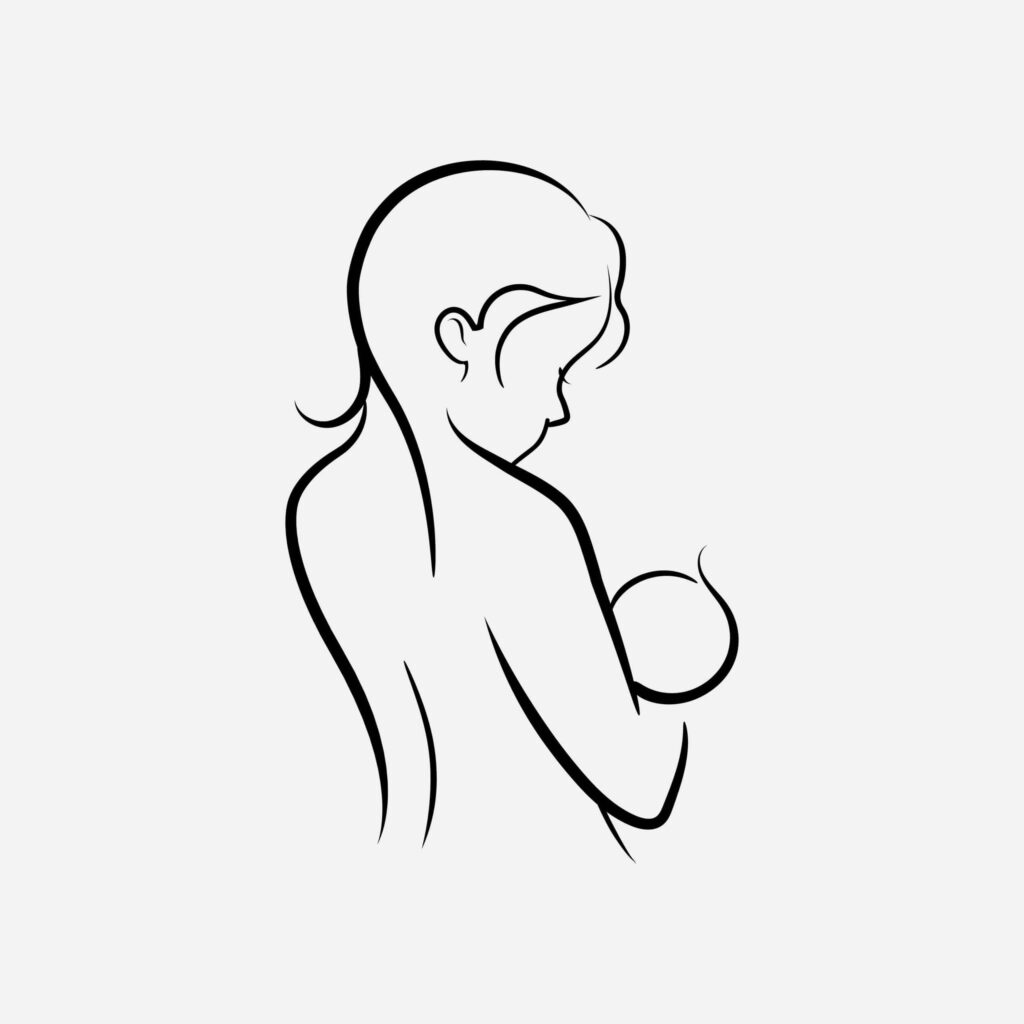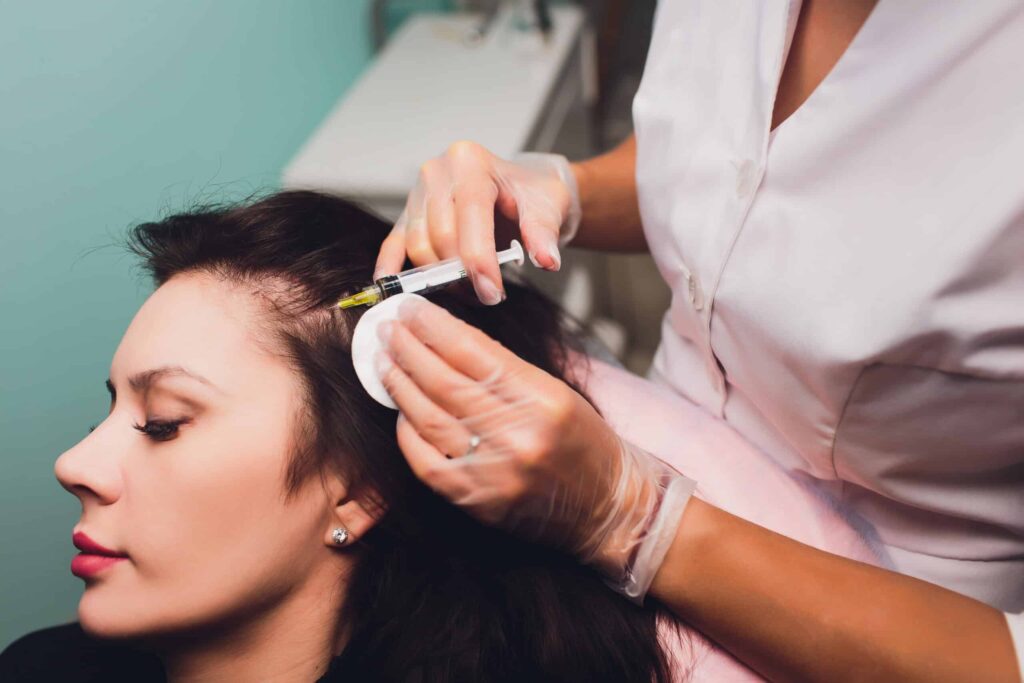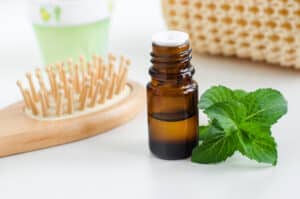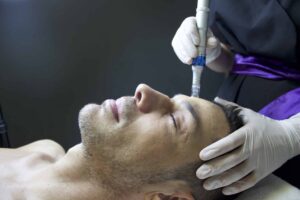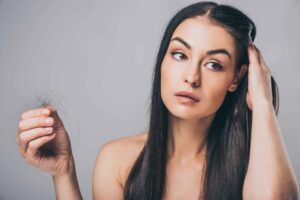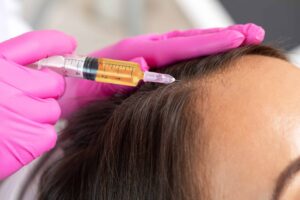
Blocking DHT and Stopping Hair Loss
Blocking DHT and Stopping Hair Loss DHT, or dihydrotestosterone, is a hormone that can cause male and female pattern baldness when its levels become too high in the body and on the scalp. DHT causes hair loss when DHT binds


